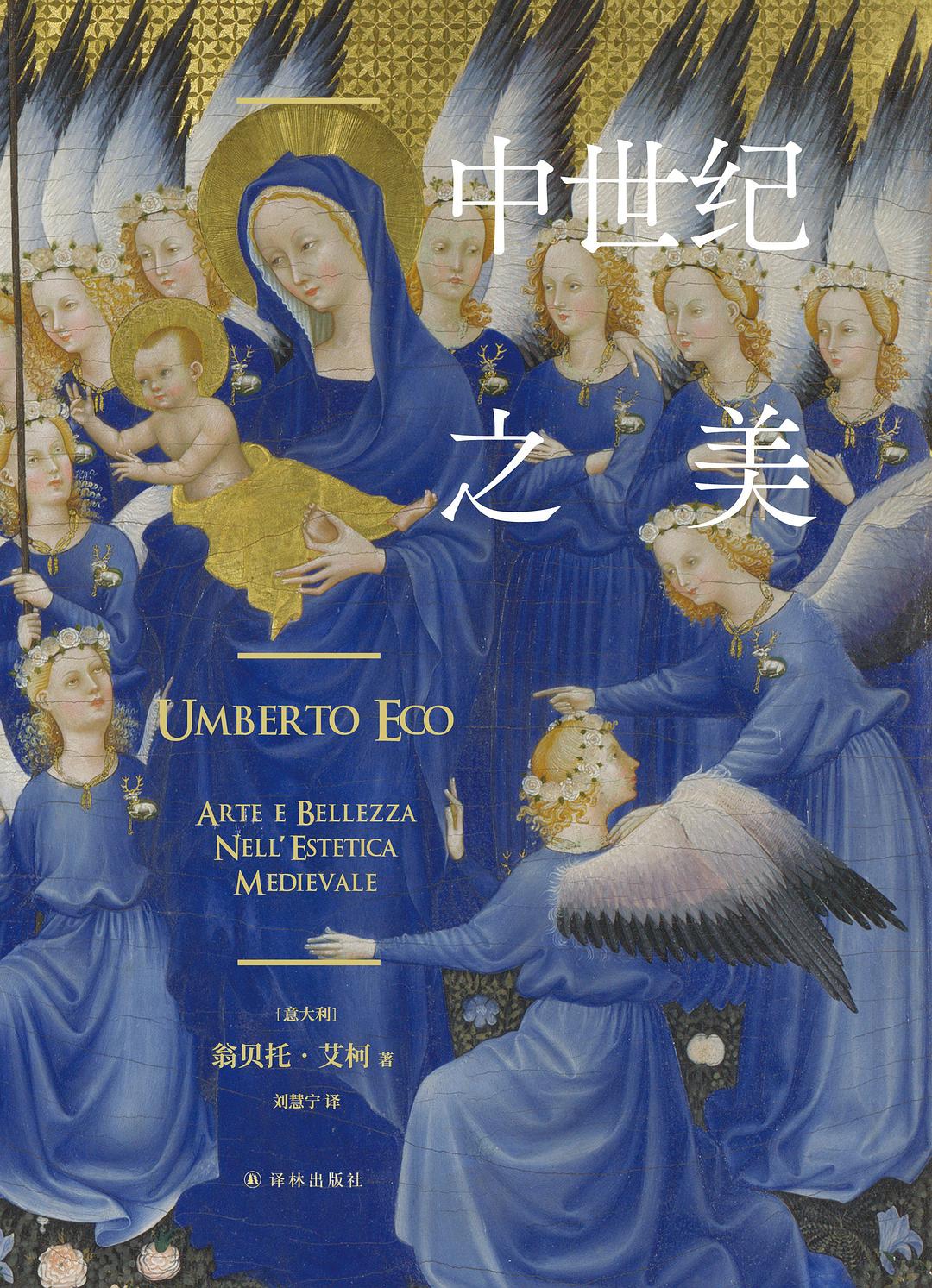1
/
of
1
Medieval beauty
Medieval beauty
[Italian] Umberto Eco Liu Huining 译
Regular price
$49.99 USD
Regular price
$49.99 USD
Sale price
$49.99 USD
Unit price
/
per
Low stock
Couldn't load pickup availability
About Book
About Book
Arte e bellezza nell'estetica medievale
This book is Eco's exploration of medieval aesthetic theory, experience, and artistic practice. Eco depicts medieval beauty as a vibrant and self-contained concept, a legacy of ancient Greece and Rome, quietly evolving within a dogmatic intellectual milieu until it developed into a mature and critical conceptual framework that revises the modern tradition from a medieval perspective.Eco's discourse draws on theology, poetics, mysticism, and Platonism from medieval texts, and his explorations encompass churches, sculpture, jewelry, painting, music, and ancient manuscripts. Through Eco's interpretation and exposition, medieval aesthetic thought and artwork exude an original and unique beauty, whose sophistication and universality continue to inspire fresh insights today.
——————————————————————————————————
The Middle Ages was the age of cathedrals, trees of God, their branches soaring and leaves spreading in profusion; the Middle Ages was the age of castles, their broken walls and boulders inscribed with the halberds and axes lost in the depths of time; the Middle Ages was the age of manuscripts, with mysterious words silently and majestically written on shimmering parchment. Eco wandered through churches and castles, turning dusty pages, and writing about medieval art, ushering readers into a sanctuary where they could glimpse the divine light of art.
——Fan Jingzhong, professor at the China Academy of Art, Eco’s "The Beauty of the Middle Ages" leads readers out of two common misunderstandings: First, there was no aesthetics in the Middle Ages; second, even if it did exist, it was intellectual beauty that replaced the aesthetic sensibility in the secular sense.
Shen Yubing, Distinguished Professor at Fudan University and scholar of art history and aesthetics. As erudite as Eco was, he also had his roots in medieval aesthetics. He rejected the view of the Middle Ages as a "barbaric period," viewing it instead as the crucible of modern European civilization. The beauty of numbers in Pythagoreanism, the humanistic beauty of the Carolingian Renaissance, the beauty of order in Eriugena, and finally, Thomas Aquinas, established the vast system of medieval scholastic aesthetics. This is the second book by the prolific Eco, following his doctoral dissertation. He said self-deprecatingly, "I told a story in the clumsy way of a young scholar, but to this day, I still believe it." And to this day, we still believe in Eco.
—Ma Ling, professor at Fudan University, book reviewer, and leader of the Eco group at Douban.com This easy-to-read work remains relevant to us today, and Eco was clearly passionate about medieval art.
--Robert Taylor, book review columnist for The Boston Globe If you are a reader who wants to understand medieval aesthetics, you will find that no book on the market is more prudent, more beautiful, more subtle, and more inspiring than Eco's work.
—AC Barrett, book reviewer for Art Monthly
Publication Date
Publication Date
2021-08-01
Publisher
Publisher
译林出版社
Imprint
Imprint
Pages
Pages
328
ISBN
ISBN
9787544786270
share

